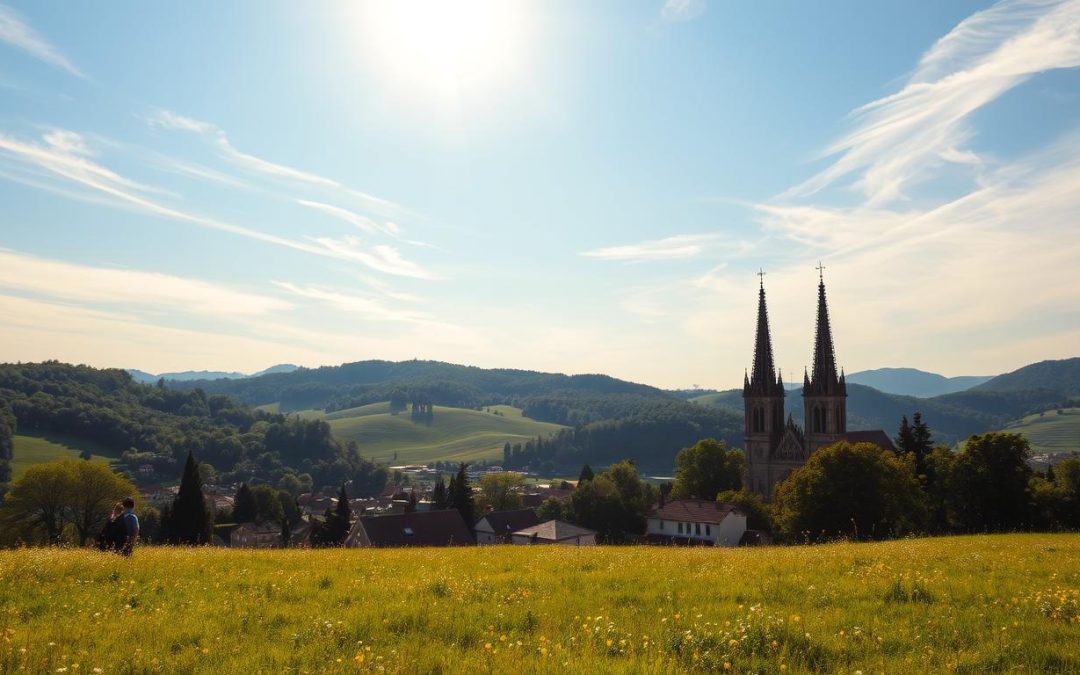Ever wondered when is the perfect time to explore a destination that balances mild weather, fewer crowds, and vibrant culture? Planning your visit to Budapest and other parts of this Central European gem requires a bit of weather-savvy thinking. With a continental climate that swings from hot summers to chilly winters, timing is everything.
Early fall, particularly September and October, offers comfortable temperatures and a peaceful atmosphere. Late spring, especially May, is another ideal window, with blooming landscapes and pleasant weather. These periods not only ensure a friendly trip but also let you enjoy seasonal festivals and events without the summer rush.
Understanding the climate can make or break your experience. Summers can be scorching, with temperatures soaring up to 105°F, while winters often dip below freezing. By choosing the right time, you’ll avoid extreme weather and enjoy everything this beautiful country has to offer.
Key Takeaways
- Early fall (September and October) provides mild weather and fewer crowds.
- Late spring (May) is perfect for pleasant temperatures and blooming scenery.
- Summer months can be extremely hot, with temperatures reaching up to 105°F.
- Winter brings chilly conditions, often dropping below freezing.
- Seasonal festivals and events can impact hotel pricing and crowd levels.
Understanding Hungary’s Unique Climate
Understanding the climate of a destination can significantly enhance your travel experience. In this Central European country, the weather plays a key role in shaping your trip. With a continental climate, you’ll encounter distinct seasons, each offering its own charm and challenges.
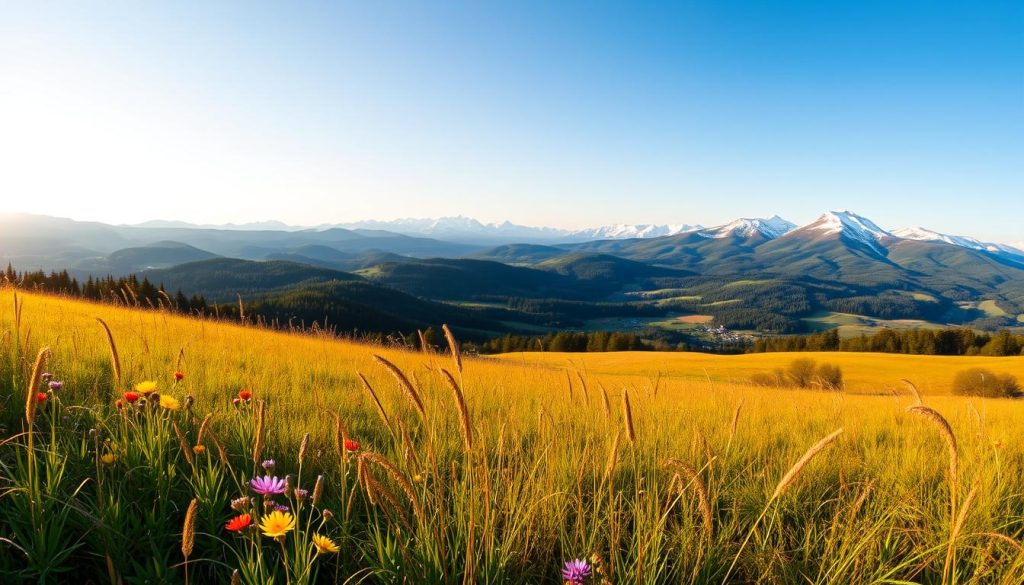
Continental Climate Characteristics
Hungary’s continental climate brings both extremes and pleasant transitions. Winters are often snowy, with temperatures dropping below freezing. Summers, on the other hand, can be scorching, with highs reaching up to 105°F in peak months like July.
Spring and fall serve as shoulder seasons, offering milder weather. These periods are ideal for outdoor activities, with comfortable temperatures and fewer crowds. Whether you’re exploring cities or countryside, the climate significantly impacts your experience.
Seasonal Temperature Trends
Temperature trends vary widely throughout the year. July is the hottest month, averaging 82°F, while January is the coldest, with lows around 25°F. Spring and fall provide a sweet spot, with averages ranging from 50°F to 70°F.
Rainfall also fluctuates, with June being the wettest month. Understanding these trends helps you plan activities like hiking, sightseeing, or attending festivals. By choosing the right time, you can avoid extreme weather and enjoy a seamless trip.
Hungary: Best Months for a Weather-Savvy Trip
Choosing the right time to visit can make your trip unforgettable. May stands out as an ideal month, with moderate daytime temperatures averaging around 68°F. This makes it perfect for exploring outdoor attractions without the summer heat or winter chill.
Shoulder seasons like late spring and early fall also offer pleasant weather. These periods are less crowded, allowing you to enjoy popular sites without long lines. Daytime temperatures during these months range from 50°F to 70°F, making them comfortable for sightseeing and hiking.
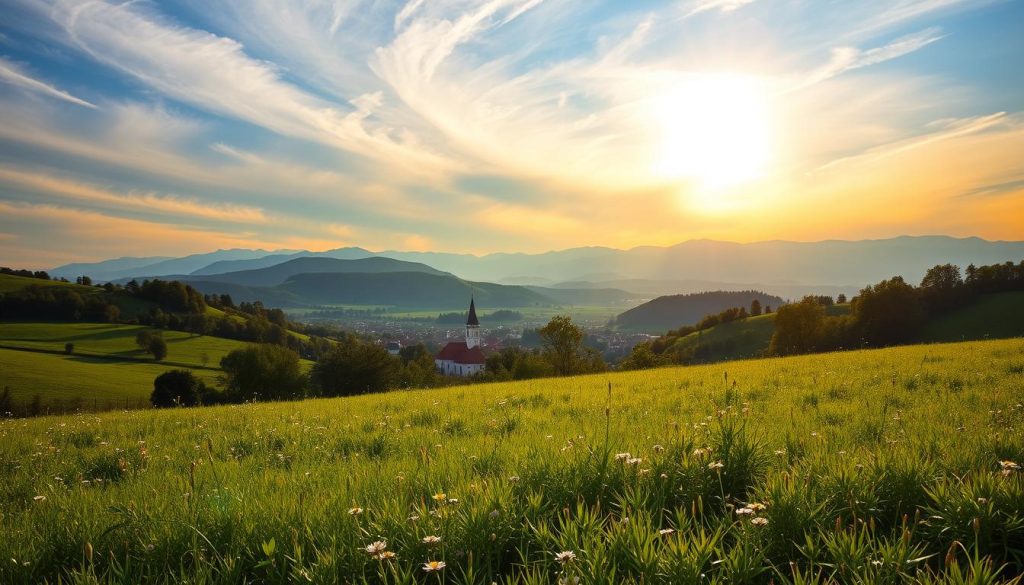
Winter, though cold, has its own charm. Temperatures often drop below freezing, but this season is rich in cultural events. From Christmas markets to ice skating rinks, there’s plenty to enjoy if you don’t mind the brisk air.
Managing Tourist Crowds
Peak travel times, like summer and the winter holidays, can be bustling. To avoid crowds, plan your visit during shoulder seasons. Not only will you experience milder weather, but you’ll also find lower accommodation prices and shorter wait times at attractions.
If you must travel during peak months, consider visiting popular sites early in the day or late in the afternoon. This strategy helps you beat the rush and enjoy a more relaxed experience. Off-peak travel is not just about saving money—it’s about creating a more enjoyable journey.
By timing your trip wisely, you can make the most of your visit. Whether you prefer the mild weather of May or the festive atmosphere of winter, planning ahead ensures a smooth and memorable adventure.
Planning Your Visit Around Key Festivals and Events
Timing your trip around cultural festivals can elevate your travel experience. From vibrant spring fairs to historic national holidays, these events offer a glimpse into local traditions and celebrations. By aligning your visit with these happenings, you’ll not only enjoy the festivities but also immerse yourself in the culture.
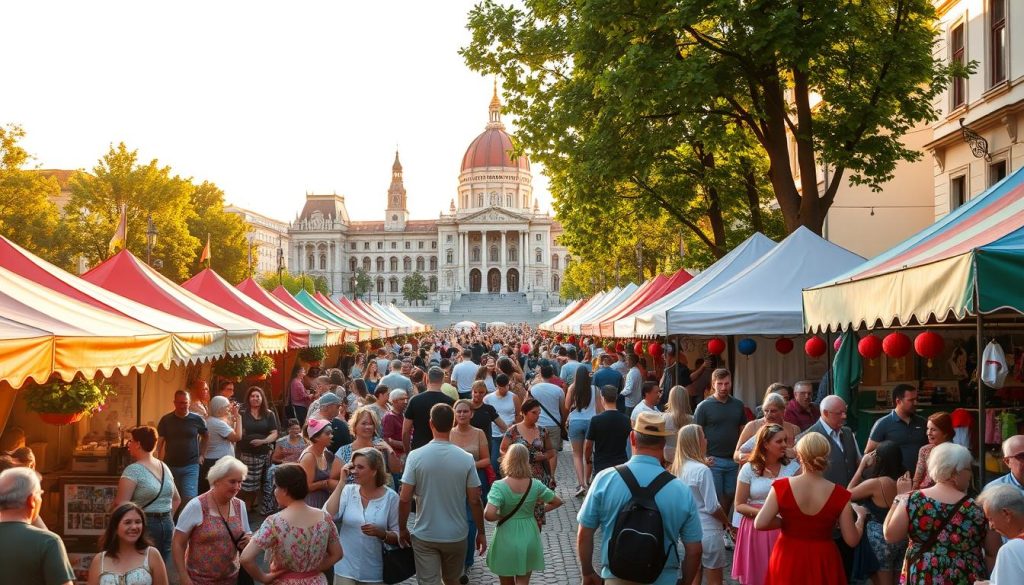
Must-Attend Cultural Festivals
Spring is a magical time to visit, with events like Budapest’s Spring Fair showcasing local crafts and cuisine. March 15, a national holiday, commemorates the 1848 Revolution with parades and free museum entries. These celebrations are perfect for tourists seeking a deeper connection to the region’s history.
October is another highlight, with Oktoberfest Budapest drawing beer enthusiasts from around the world. Art Market Budapest, held in mid-October, features artists from over 40 countries. These events, combined with the mild climate, make autumn an ideal time to explore.
Seasonal Celebrations in Budapest
Budapest’s festivals are a year-round affair, but some stand out. The Sziget Festival in summer attracts over 450,000 attendees, making it one of Europe’s largest music events. In winter, the city transforms with Christmas markets and ice skating rinks, offering a festive atmosphere despite the chilly weather.
Planning ahead is key. Booking accommodations and tickets early can save you up to 30%. Visiting during shoulder seasons like spring or fall ensures fewer crowds and better prices. As one traveler noted,
“Attending these events made me feel truly connected to the culture.”
Whether you’re drawn to the lively energy of summer festivals or the cozy charm of winter markets, aligning your trip with these events will enrich your journey. With a bit of planning, you can make the most of your visit and create lasting memories.
Seasonal Attractions Beyond Budapest
Discover the hidden gems and seasonal wonders that lie beyond the bustling streets of Budapest. From the scenic Buda Hills to historic sites and vibrant festivals, there’s so much to explore outside the capital. Each season brings its own charm, offering unique experiences for every traveler.
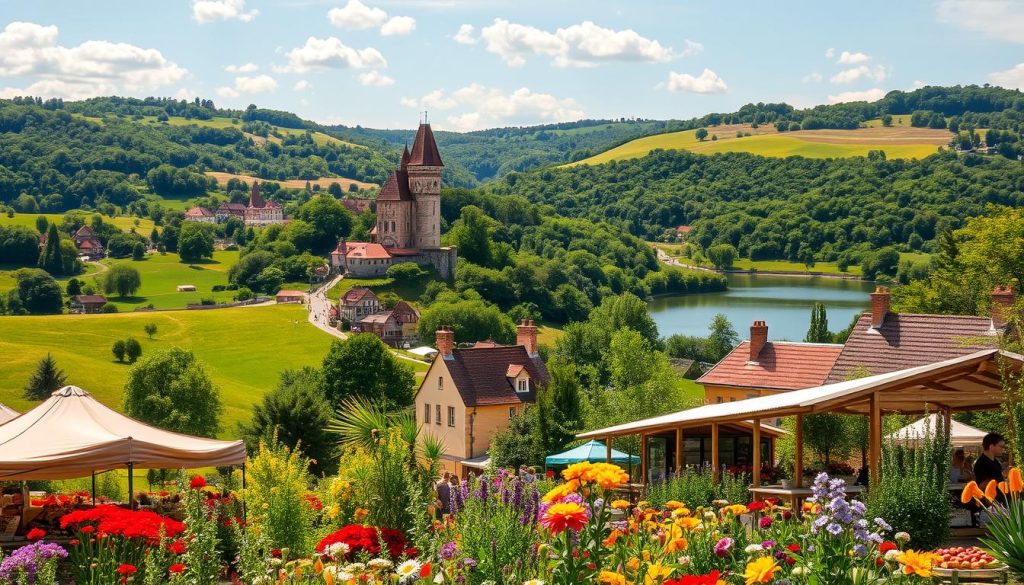
Exploring the Buda Hills and Countryside
The Buda Hills are a haven for nature lovers. In June, the lush greenery and mild weather make it perfect for hiking and picnics. Summer months like July and August are ideal for outdoor activities, though occasional rains can add a refreshing touch to your adventures.
For a peaceful retreat, visit the countryside in September. The crisp air and golden landscapes create a serene atmosphere. Whether you’re cycling through vineyards or strolling along quiet trails, the countryside offers a refreshing escape from city life.
Historic Sites and Museums
History buffs will find plenty to explore beyond Budapest. The town of Esztergom, home to the largest basilica in the country, is a must-visit. In September, the Budapest Wine Festival at Buda Castle offers a blend of history and culture, with wine tastings and live music.
During June and July, many historic sites host special events and exhibitions. These months are perfect for diving into the rich heritage of the region. As one traveler noted,
“Exploring these sites felt like stepping back in time.”
Plan your visit wisely to make the most of these attractions. Whether you’re drawn to the natural beauty of the Buda Hills or the historic charm of lesser-known towns, there’s something for everyone beyond the capital.
Best Time to Visit Based on Weather and Budget
Planning your trip around both weather and budget can make your journey more enjoyable and cost-effective. Timing your visit to align with favorable conditions and affordable rates ensures a seamless experience. Whether you’re exploring the city or venturing into the country, understanding these factors is key.
Off-Peak Travel Advantages
Traveling during off-peak months like January or early spring offers significant benefits. You’ll find lower hotel rates, fewer crowds, and more opportunities to explore without hassle. For example, accommodation prices can drop by up to 30% compared to peak seasons.
These quieter periods also allow you to enjoy attractions at your own pace. Imagine strolling through historic sites or museums without long lines. As one traveler shared,
“Visiting during off-peak times felt like having the place to myself.”
Smart Booking and Accommodation Tips
Booking early is crucial, especially if your trip coincides with high-profile events. Early reservations not only secure better rates but also ensure availability. For instance, popular festivals or concerts can lead to sold-out accommodations if you wait too long.
Here’s a quick guide to typical cost trends during off-peak months:
| Month | Average Hotel Rate | Tourist Crowds |
|---|---|---|
| January | $70/night | Low |
| March | $80/night | Moderate |
| May | $100/night | High |
Choosing the right time to visit not only saves money but also opens doors to unique experiences. From serene countryside walks to exclusive cultural events, off-peak travel lets you discover hidden gems that are often overlooked during busier times.
Preparing for Weather Extremes
Packing smartly for your trip can make all the difference in handling unexpected weather changes. From scorching summers to freezing winters, being prepared ensures a smoother and more enjoyable experience. Here’s how to pack for every season.
What to Pack for Each Season
Summer temperatures can soar up to 105°F, so lightweight clothing and sunscreen are essential. Opt for breathable fabrics like cotton and linen to stay cool. Don’t forget a wide-brimmed hat and sunglasses to protect against the sun.
In November, December, and January, temperatures often drop below freezing. Pack warm coats, scarves, gloves, and layered clothing to stay comfortable. Thermal underlayers and insulated boots are also recommended for outdoor activities.
Spring and fall offer milder weather, with averages ranging from 50°F to 70°F. Bring versatile clothing like light jackets, sweaters, and long-sleeve shirts. These seasons can be unpredictable, so include a compact umbrella and waterproof gear.
For museum visits or city walks, comfortable walking shoes are a must. Pair them with a lightweight backpack to carry essentials like water, snacks, and a portable charger.
Accessories for Every Occasion
Rainy days are common in certain months, so a sturdy umbrella and waterproof shoes are lifesavers. A reusable water bottle is handy for staying hydrated, especially during warmer months.
For winter trips, hand warmers and a thermos for hot drinks can add extra comfort. In summer, a portable fan or cooling towel can help beat the heat.
“Packing the right items made my trip so much easier. I was ready for anything the weather threw at me.”
Why Preparation Matters
Being prepared for weather extremes not only keeps you comfortable but also enhances your overall experience. Whether you’re exploring a museum or hiking in the countryside, the right gear ensures you can focus on enjoying your trip.
By packing strategically, you’ll be ready for any climate, no matter the month. From sunny days to chilly nights, careful preparation lets you make the most of your journey.
Experiencing Budapest’s Vibrant City Life
Budapest’s vibrant energy is best experienced through its outdoor activities and city walks. Whether you’re strolling along the Danube or exploring historic streets, the city offers a mix of urban excitement and natural beauty. This blend makes it a must-visit destination in Europe.
Outdoor Activities and City Walks
Budapest’s streets come alive during holidays and special events. From street parties to cultural festivals, there’s always something happening. March, for example, is a great time to visit, with events like the Spring Fair showcasing local crafts and traditions.
City walks are a fantastic way to explore. Wander through historic districts like Castle Hill or modern areas like Andrássy Avenue. These walks let you soak in the city’s rich history and vibrant culture. For a quieter escape, head to the Buda Hills, where lush greenery and scenic trails offer a peaceful retreat from the urban crowd.
During peak travel times, like summer or holidays, popular spots can get busy. To avoid the crowd, visit early in the morning or late in the afternoon. This strategy lets you enjoy attractions like the Chain Bridge or Fisherman’s Bastion without the rush.
“Exploring Budapest’s streets and hills felt like discovering a new side of Europe.”
Whether you’re hiking in the Buda Hills or strolling through the city, Budapest’s outdoor activities offer something for everyone. Plan your visit around quieter times to make the most of your experience. With a bit of planning, you can enjoy the city’s vibrant energy while avoiding the busiest periods.
Insider Tips for a Weather-Savvy Hungarian Trip
Discovering the hidden corners of a destination can transform your travel experience. From local recommendations to navigating public transport, these insider tips will help you make the most of your trip, even during the coldest months like February and December.
Local Recommendations and Hidden Gems
Exploring the capital like a local starts with finding good spots off the beaten path. Visit smaller museums or cozy cafes tucked away in historic neighborhoods. For a unique experience, attend a local wine festival, where you can taste regional varieties and meet passionate winemakers.
In December, the Christmas markets are a must-see, but don’t miss the lesser-known thermal baths. These spots are perfect for warming up after a chilly day of sightseeing. As one traveler shared,
“The hidden gems made my trip unforgettable.”
Navigating Public Transport and Seasonal Closures
Public transport in the capital is efficient, but weather can affect schedules. During February, snow may cause delays, so plan extra time for your journeys. Check for seasonal closures of attractions, especially in winter, to avoid disappointment.
For a good alternative, consider using trams or buses, which are less affected by weather. Apps like BKK Futár provide real-time updates, making it easier to navigate the city. If you’re visiting in December, keep in mind that some attractions may close early for holidays.
By following these tips, you’ll enjoy a smoother and more enjoyable trip, no matter the season. Whether you’re sipping wine at a festival or exploring hidden corners, these insights will enhance your adventure.
Conclusion
Planning your journey around seasonal trends ensures a smoother and more enjoyable trip. By considering the average temperature and weather patterns, you can avoid extreme conditions and make the most of your visit. Whether you’re strolling through historic streets or exploring the scenic Buda area, timing is key to unlocking unique experiences.
Practical tips like packing for the season, budgeting wisely, and scheduling around festivals can elevate your adventure. For example, visiting in January offers quieter streets and lower prices, while spring and fall provide milder weather for outdoor activities. Each time year brings its own charm, so choose what suits your preferences.
Start planning your trip today with confidence. Whether you’re drawn to cultural events or serene landscapes, careful preparation ensures a memorable journey. The right timing and a bit of research will help you discover the best of what this destination has to offer.
The above is subject to change.
Check back often to TRAVEL.COM for the latest travel tips and deals.
Here are some Tours & Sightseeing suggestions that might pique your interests!
